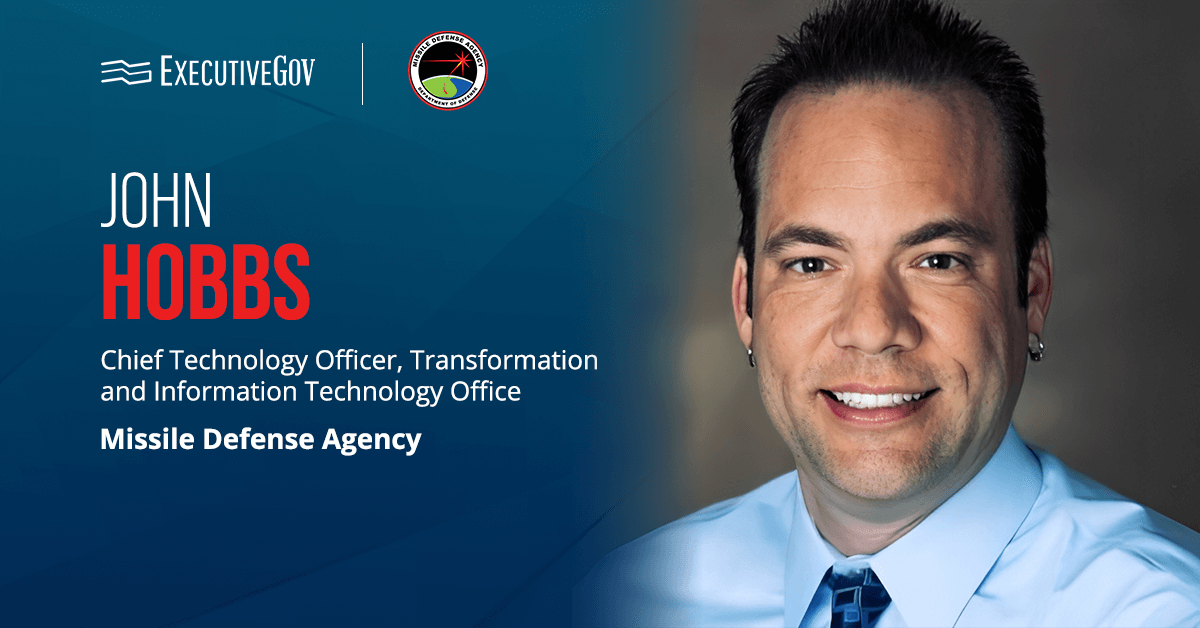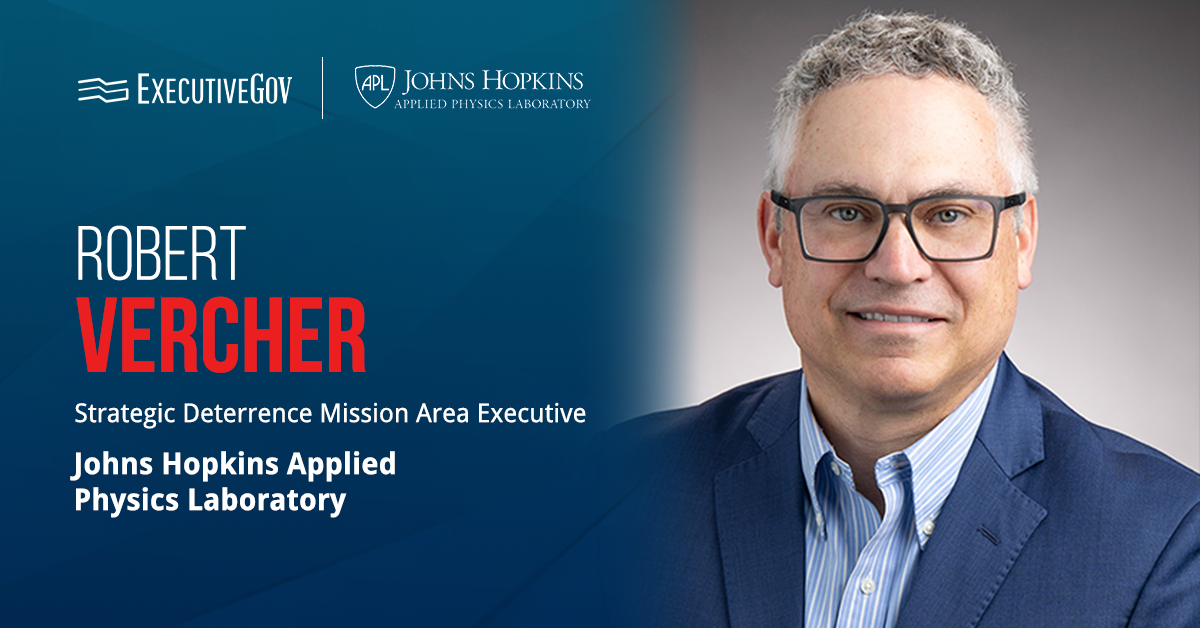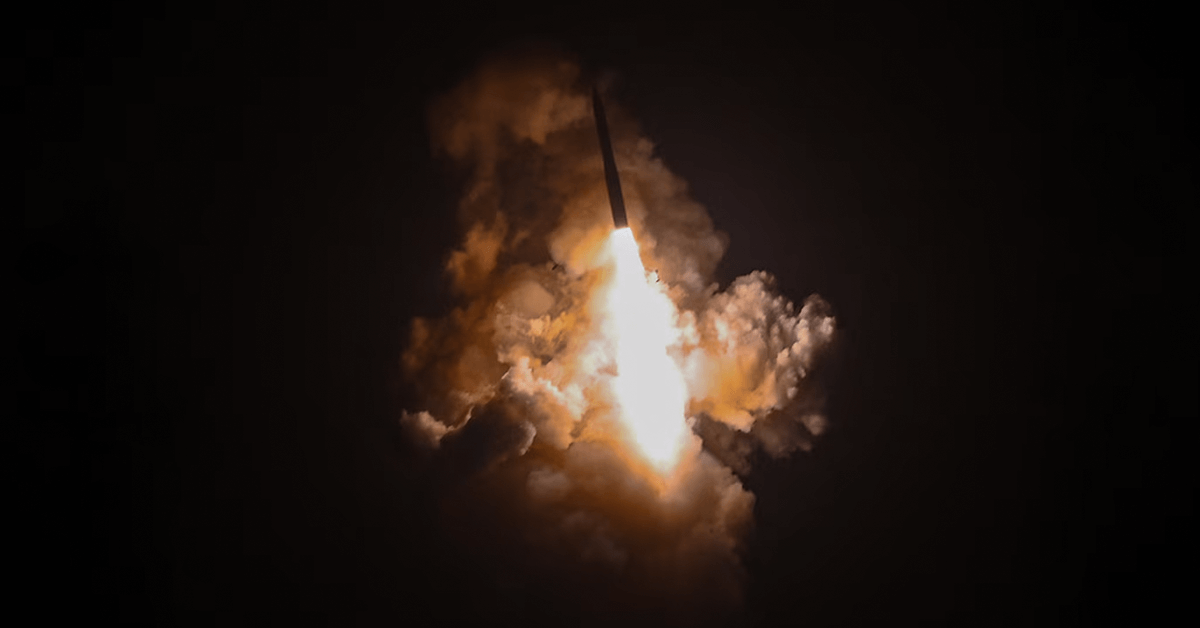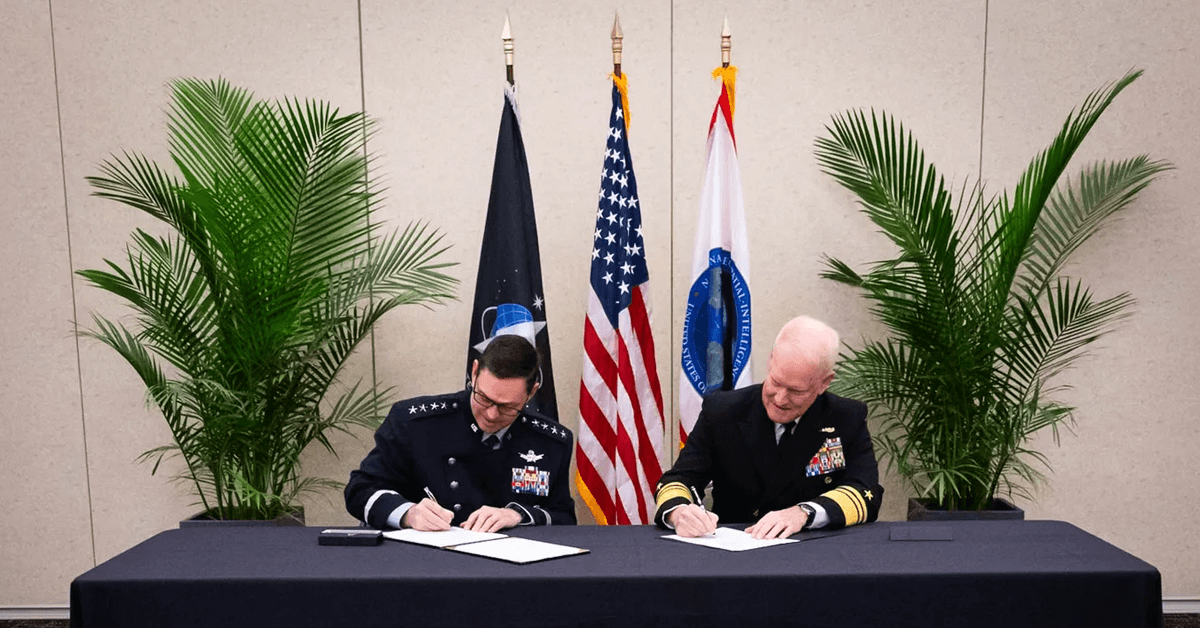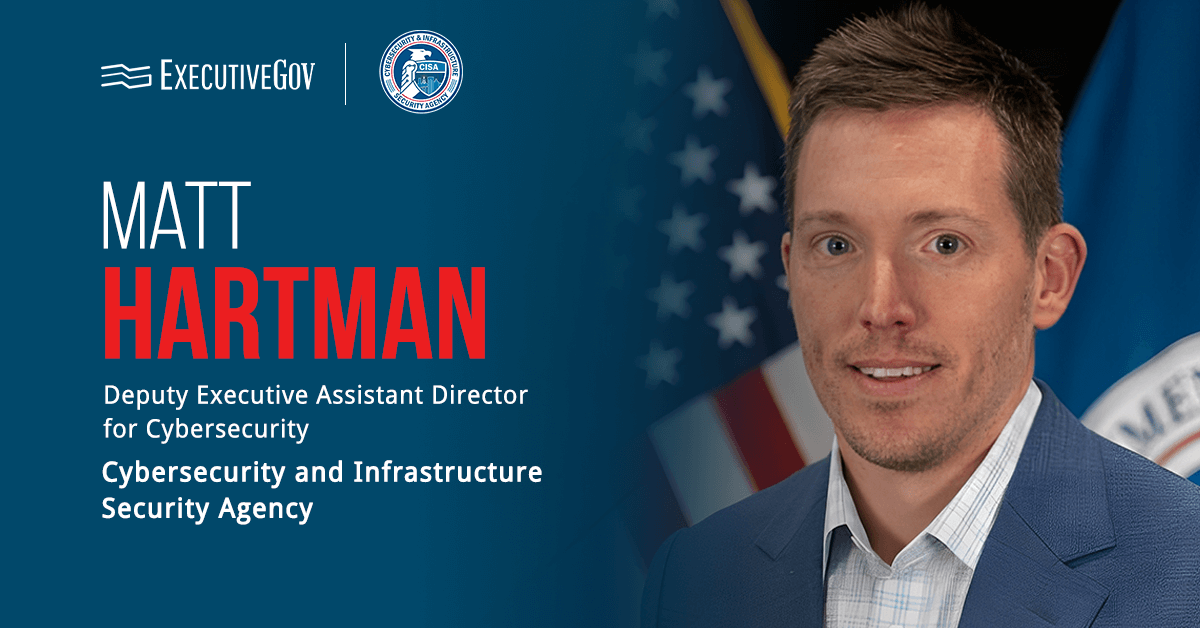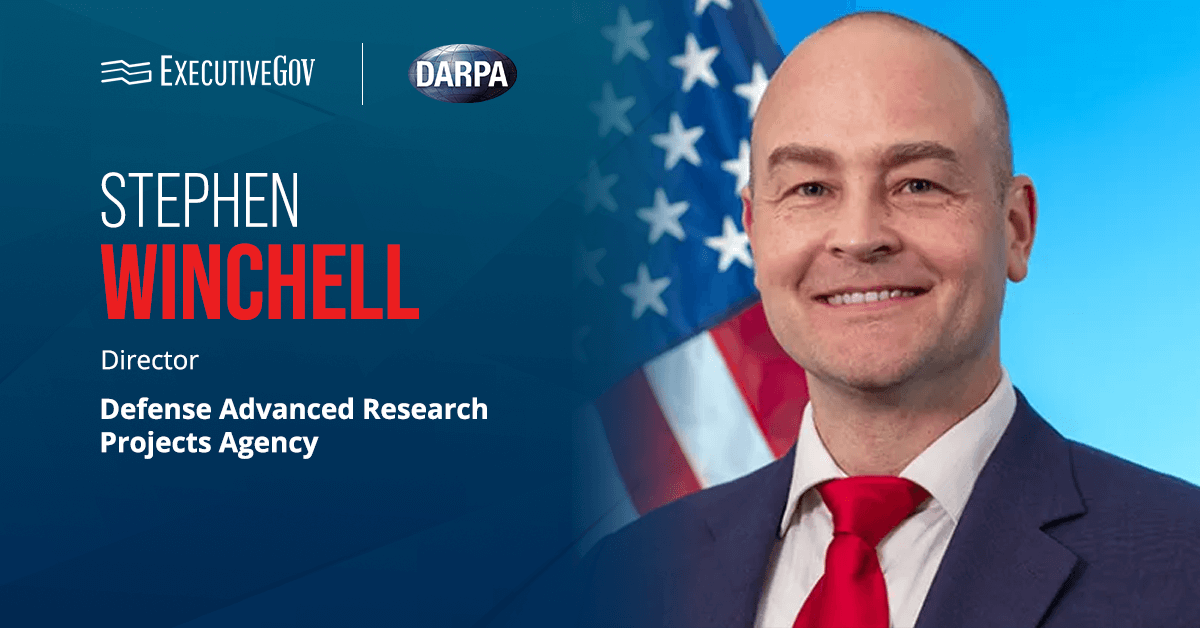The Missile Defense Agency has promoted John Hobbs, most recently director of digital infrastructure, to chief technology officer at the Transformation and Information Technology Office.
Hobbs announced his appointment in a LinkedIn post published Wednesday.
He is an experienced IT professional with skills in cloud, virtualization, information security and systems engineering, among other areas.
John Hobbs’ Career Background
According to his profile on the professional networking site, Hobbs joined MDA in 2022 as a cloud specialist. He also served as cloud and data center manager at the agency.
Prior to MDA, the IT executive worked at Jacobs, where he served as CTO for the Integrated Research and Development for Enterprise Solutions program and chief of operations.
He also held IT leadership roles at Northrop Grumman, OPEC and Priority Systems.
Hobbs has a bachelor’s degree in IT from National American University-Colorado Springs.


